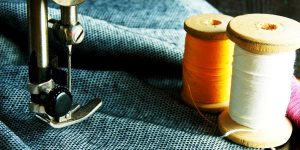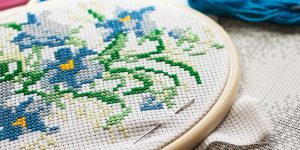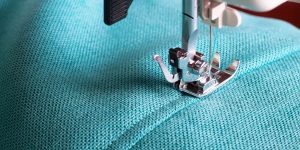Curious to unravel the wonders of silk shantung? In this article, we’ll embark on a delightful journey to uncover the secrets of this captivating textile. So, what is silk shantung exactly? Join me as we delve into the realm of this exquisite material, exploring its origins, unique characteristics, and why it has become a beloved choice in the realm of fashion and beyond.
What is silk shantung?
Have you ever wondered, “What is shantung silk?” Wonder no more! In this section, we’ll explore the unique qualities of shantung fabric that distinguish it from other silk types.
- Texture. This fabric is known for its distinct texture, featuring irregular slubs and a slightly rough surface that adds depth and character to garments or accessories.
- Weight. Unlike lighter silk varieties, this material has a slightly heavier weight, providing structure and substance to outfits and lending an air of sophistication.
- Luster. This fabric possesses a captivating yet subtle shine, adding a soft sheen that enhances the overall elegance of any creation.
With its captivating texture, substantial weight, and subtle luster, shantung fabric is a preferred choice for those seeking a unique and sophisticated look. Whether you envision a stunning evening gown, a chic blouse, or exquisite home decor, this material offers a delightful combination of qualities that elevate your style to new heights!
Exploring the variety: Types of shantung fabric
Shantung fabric offers a delightful array of options, each with its own unique characteristics. So let’s dive into the world of shantung and discover the distinctive qualities of different varieties:
- Plain weave. This variety of silk is characterized by a simple and straightforward weaving pattern. It showcases a smooth surface with a subtle texture, creating a refined and elegant look.
- Dupioni. Known for its rich texture, dupioni fabric is created by weaving together two different silk threads. The irregularities in the weave produce a captivating interplay of light and shadow, adding depth and visual interest to garments.
- Tussa. This fabric is made from the silk of wild tussah silkworms, lending it a unique appeal. It features a slightly rough texture and a natural golden hue, infusing a touch of rustic charm into any creation.
Each type of shantung material offers a distinct personality, allowing you to choose the one that best suits your style and desired outcome. Whether you prefer the sleek simplicity of plain weave, the captivating texture of dupioni, or the earthy allure of Tussa, shantung fabric is sure to elevate your projects with its exceptional qualities.
Mastering the art of sewing with shantung fabric
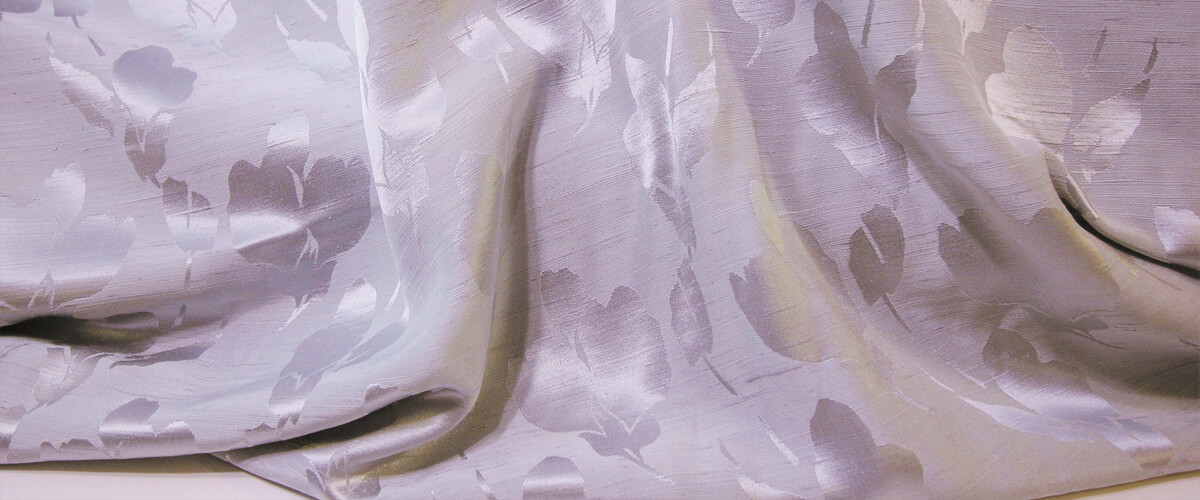
When it comes to sewing with shantung silk, understanding its unique characteristics is key to achieving excellent results. Let me share some valuable tips and techniques to make your sewing experience with this material a breeze.
- Preparation. Before you begin, ensure that you have the right tools, including sharp needles and quality thread. Pre-wash or steam your textile to eliminate any shrinkage or creases.
- Cutting. When cutting the material, use sharp scissors or a rotary cutter to achieve clean, precise edges. Take care to follow the grain of the fabric to maintain its drape and structure.
- Seams and stitches. Opt for lightweight, smooth-threaded stitches that will not snag or damage the delicate material. French or flat-felled seams are excellent choices to create clean and durable finishes.
- Pressing. Utilize a pressing cloth to protect the material from direct heat. Set your iron to a low or medium setting to prevent scorching or shining of the textile. Gently press the seams open or in the desired direction.
- Handling. Due to its slightly rough texture, this material can be prone to fraying. To minimize fraying, consider using fray-check or serging the raw edges. Handle the textile with care to avoid unnecessary stretching or distortion.
Mistakes to avoid:
- Pulling or stretching the fabric while sewing, as this can result in distorted seams and uneven finishes.
- Using heavy or bulky seams that can disrupt the fabric’s delicate drape and structure.
- Rushing through the sewing process because shantung fabric requires patience and attention to detail.
By understanding the shantung fabric characteristics and implementing proper techniques, you can confidently sew beautiful garments and accessories with this exquisite fabric. Embrace the elegance of shantung fabric and let your creativity shine through your sewing projects.
Caring for delicate shantung fabric: tips and tricks
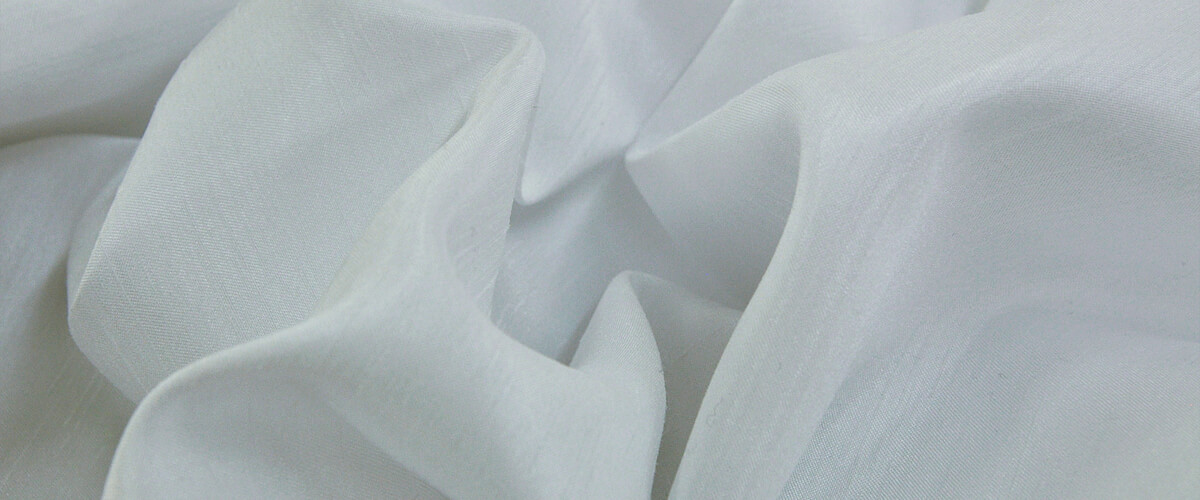
Wondering what is shantung fabric and how to properly care for this exquisite material to ensure its longevity and maintain its beautiful appearance? Here are my top tips for that:
- Gentle cleaning:
- Spot clean: Use a soft, damp cloth and a mild detergent to gently remove any stains or spills.
- Dry cleaning: When in doubt, entrust your shantung fabric garments to a professional dry cleaner who specializes in delicate materials like shantung.
- Storage:
- Clean and dry: Before storing your shantung fabric items, make sure they are clean and completely dry to prevent any potential damage or mildew.
- Avoid direct sunlight: Store shantung fabric in a cool, dark place away from direct sunlight to prevent color fading or discoloration over time.
- Breathable protection: Consider using acid-free tissue paper or cotton garment bags to protect them from dust and excessive exposure to air.
- Handling:
- Avoid sharp objects: Be mindful of sharp jewelry, accessories, or rough surfaces that can snag or tear the delicate fibers of this material.
- Gentle ironing: If needed, use a low heat setting and place a thin cloth between the iron and the material to prevent direct contact and potential damage.
Remember, this material deserves tender care and attention to preserve its beauty. By following these simple guidelines, you can enjoy your textile garments for years to come. Cherish the luxurious allure of shantung fabric and let it add a touch of elegance to your wardrobe.
FAQ
Can silk shantung be machine washed?
It is generally not recommended to machine wash silk shantung fabric. The delicate nature of the material makes it susceptible to damage in a washing machine. Hand washing or professional dry cleaning is the preferred method to maintain its quality and integrity.
What types of projects are best suited for silk shantung?
Silk is a versatile fabric that can be used for various projects. It is particularly well-suited for formal wear such as dresses, blouses, and skirts. Its crisp texture and subtle luster also make it an excellent choice for tailored jackets, suits, and home décor items like cushion covers and draperies.
How to store silk shantung?
To store this fabric, ensure it is clean and completely dry. Avoid direct sunlight and store it in a cool, dark place to prevent color fading. Using acid-free tissue paper or cotton garment bags can help protect the fabric from dust and excessive exposure to air.
Can I iron silk shantung?
Yes, you can iron silk shantung fabric, but it requires some caution. Set your iron to a low heat setting and place a thin cloth, such as a cotton press cloth, between the iron and the fabric to avoid direct contact. Gently press the material using light, smooth strokes. Avoid applying excessive pressure or using steam, as it may cause water spots or damage the fabric’s delicate sheen.

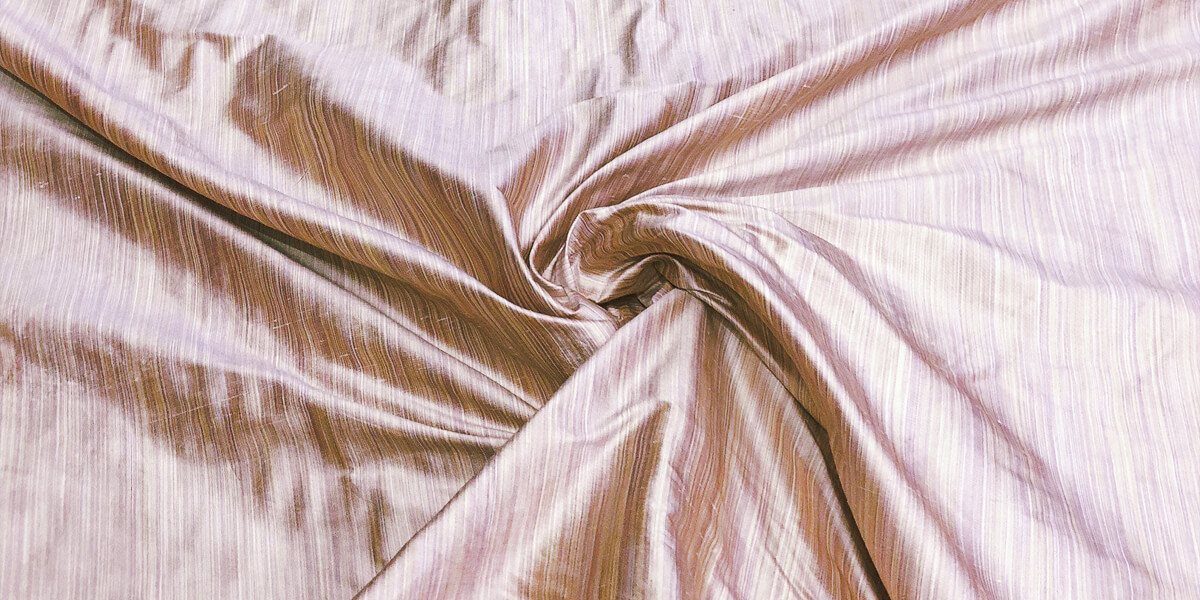
![The 4 Best Machines Under $500 [Budget Sewing Solutions]](https://www.favoritethings.net/wp-content/uploads/2024/03/best-sewing-machine-under-500-review-300x150.jpg)

![Best Sewing Machines for Upholstery [Crafting with Quality]](https://www.favoritethings.net/wp-content/uploads/2024/02/best-sewing-machine-for-upholstery-300x150.jpg)




